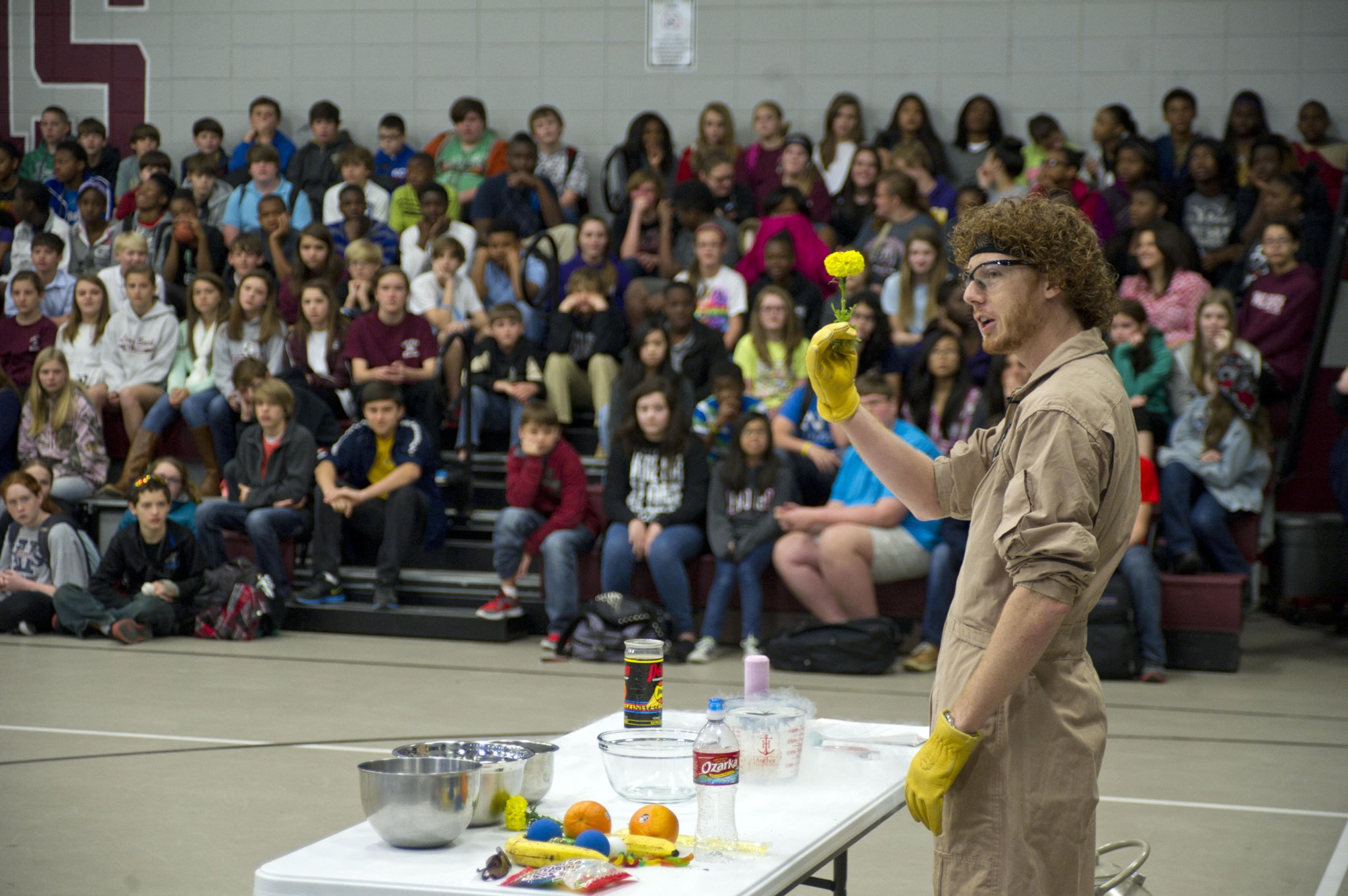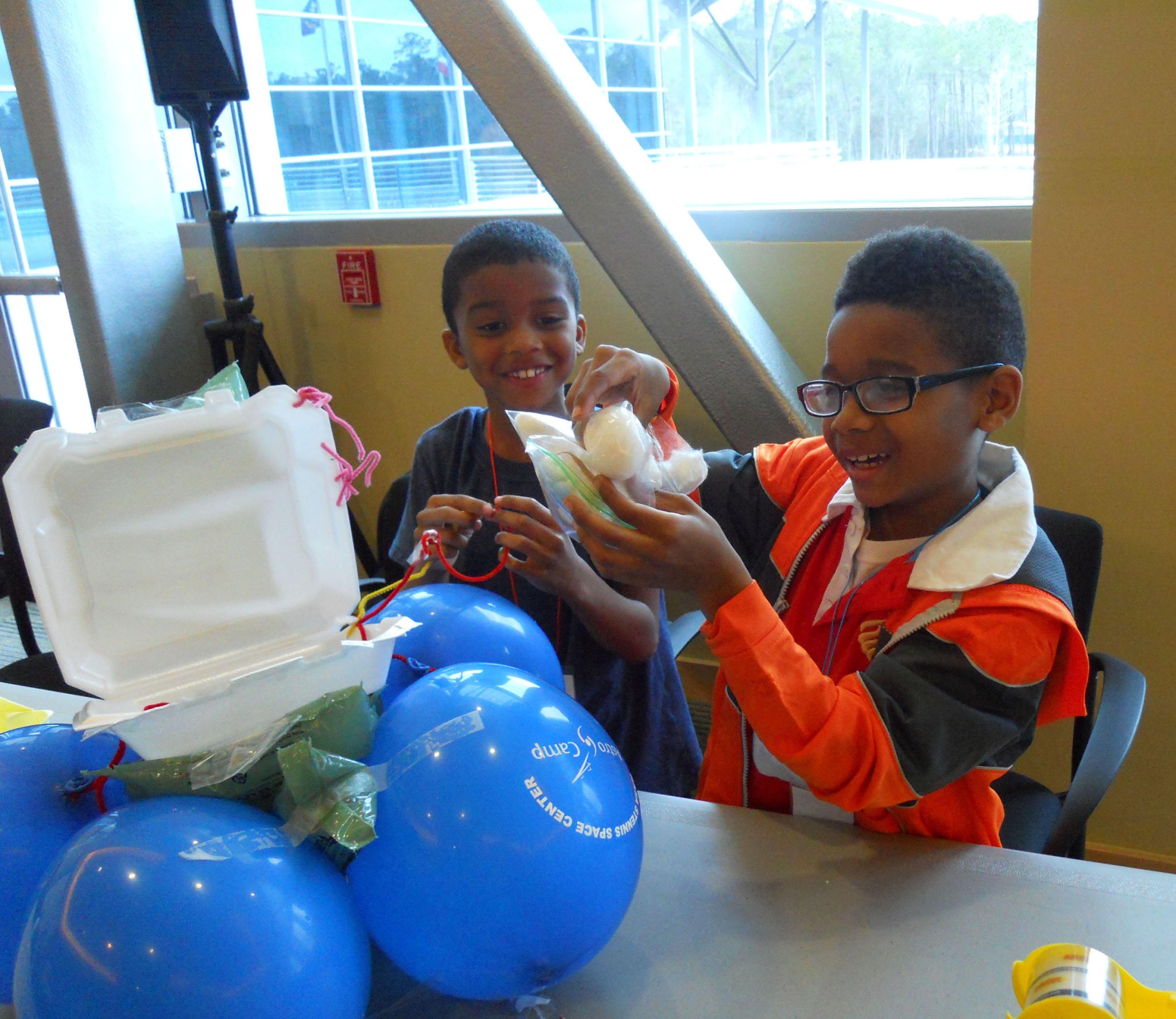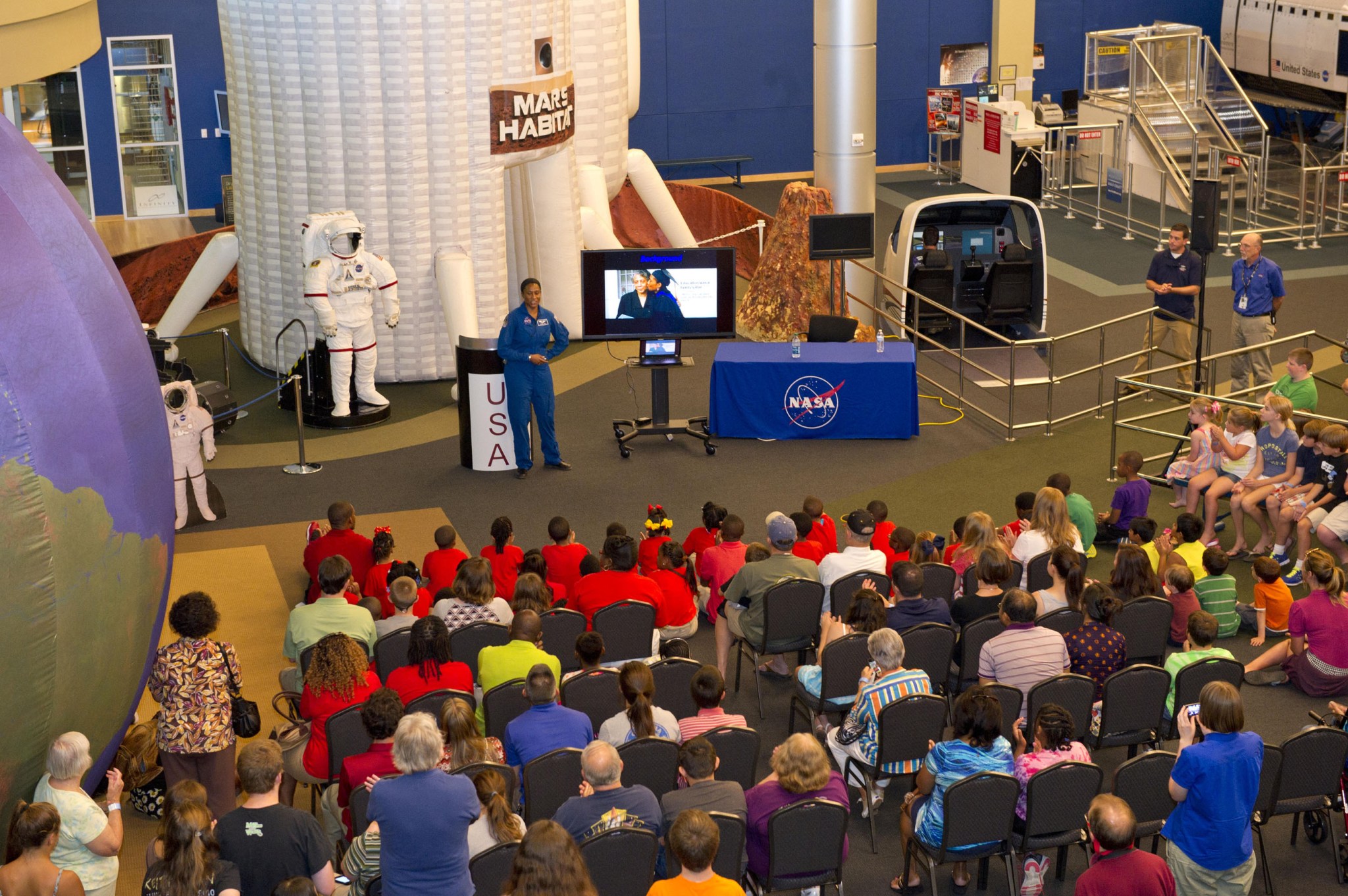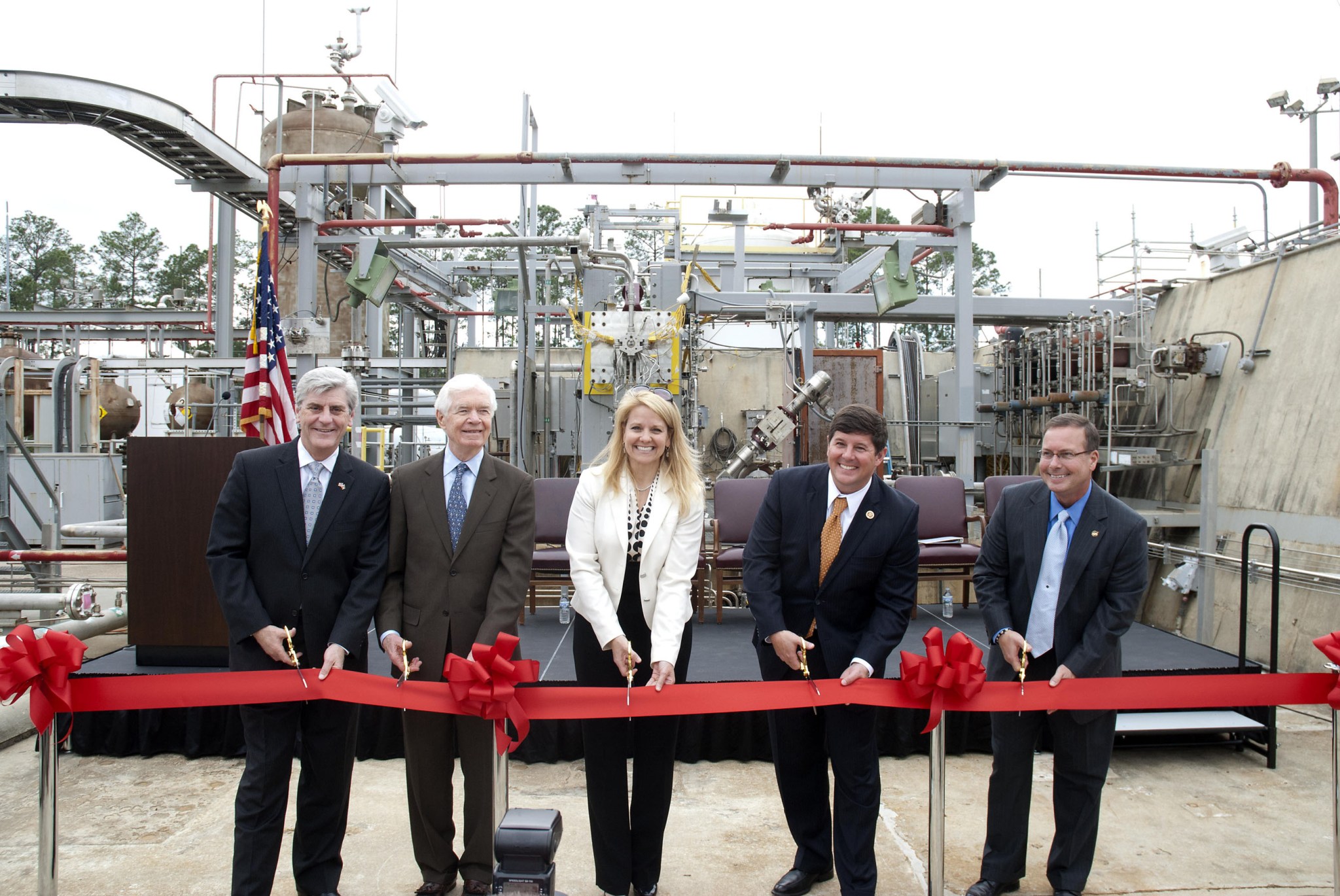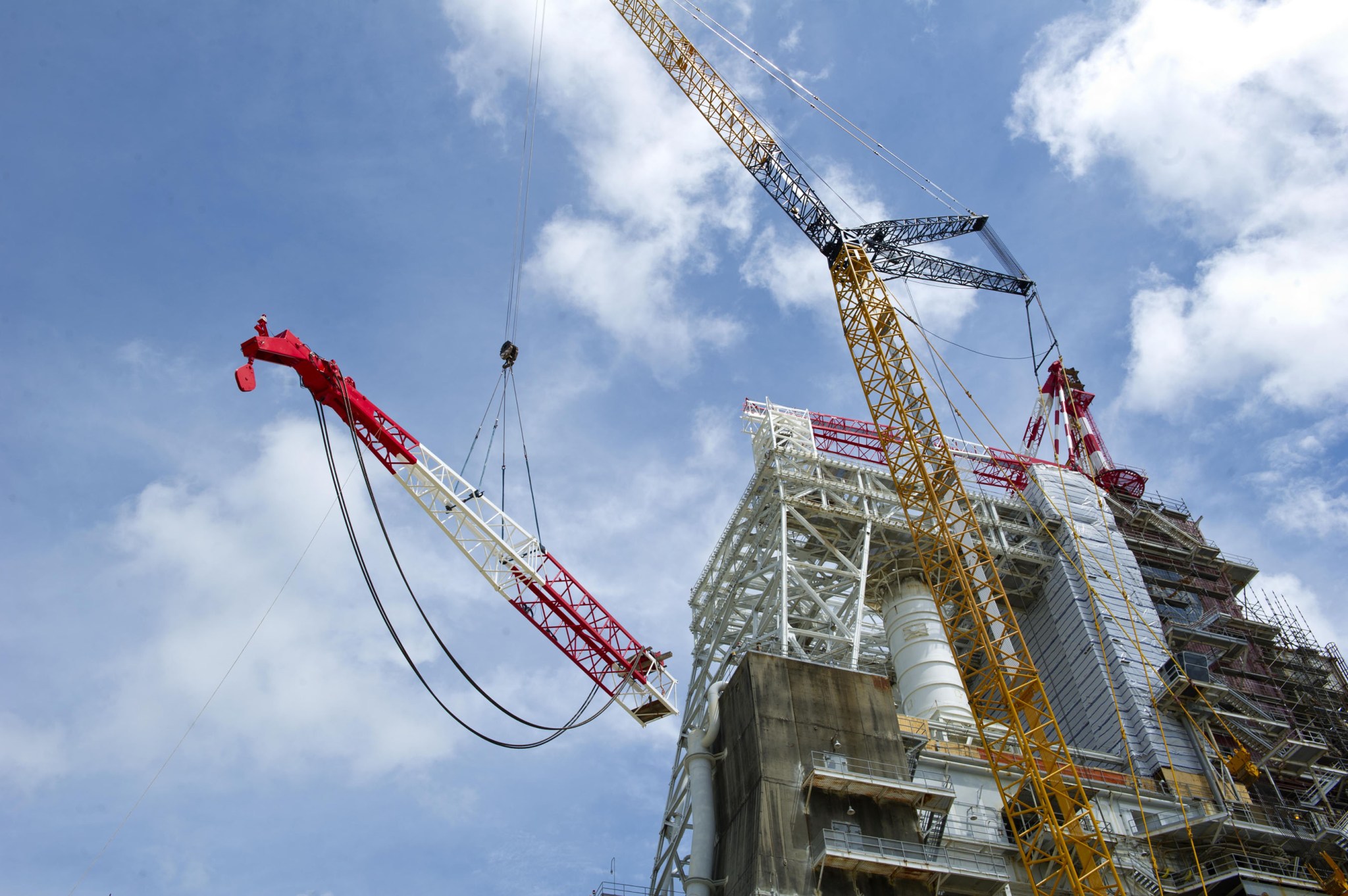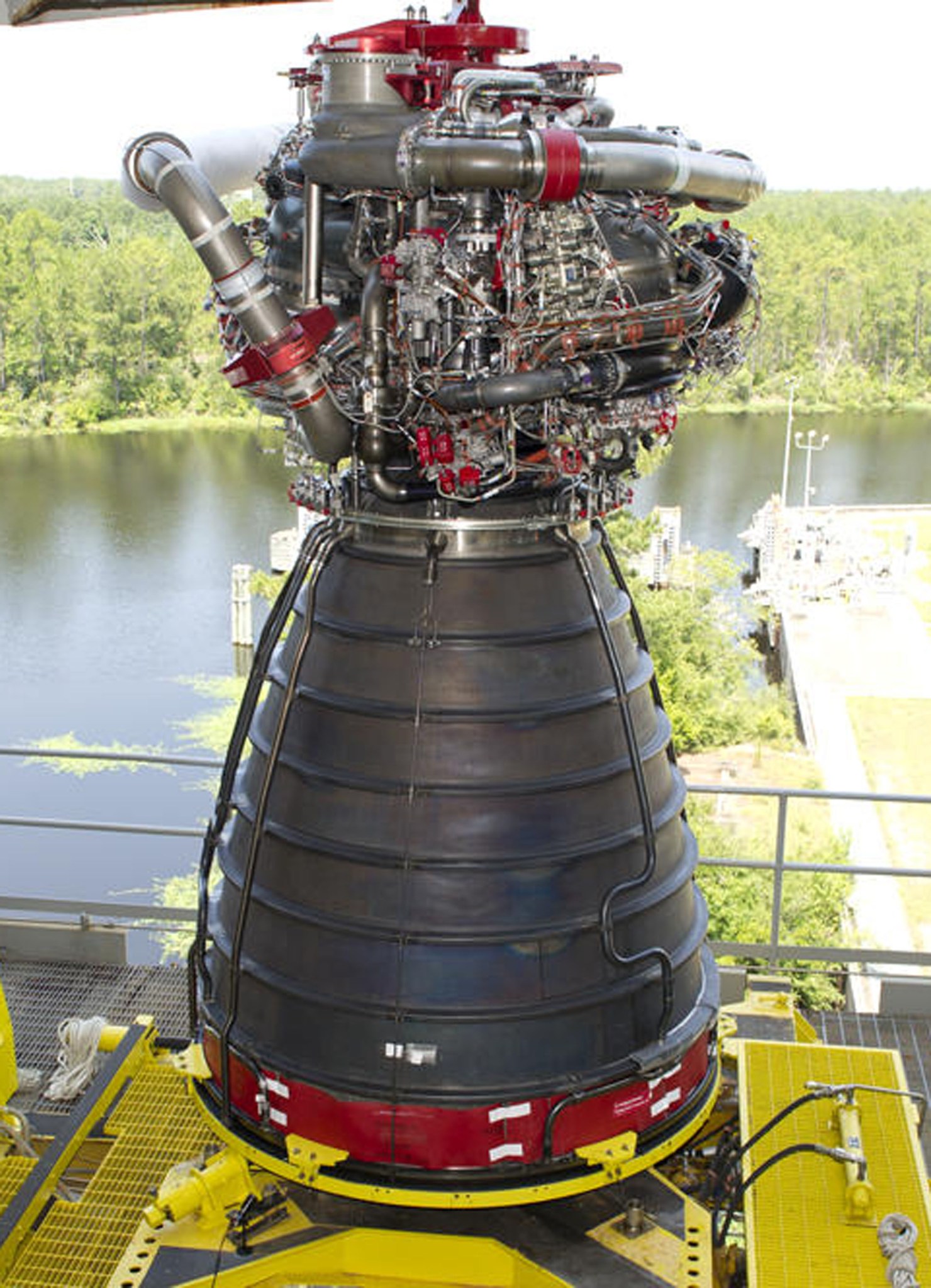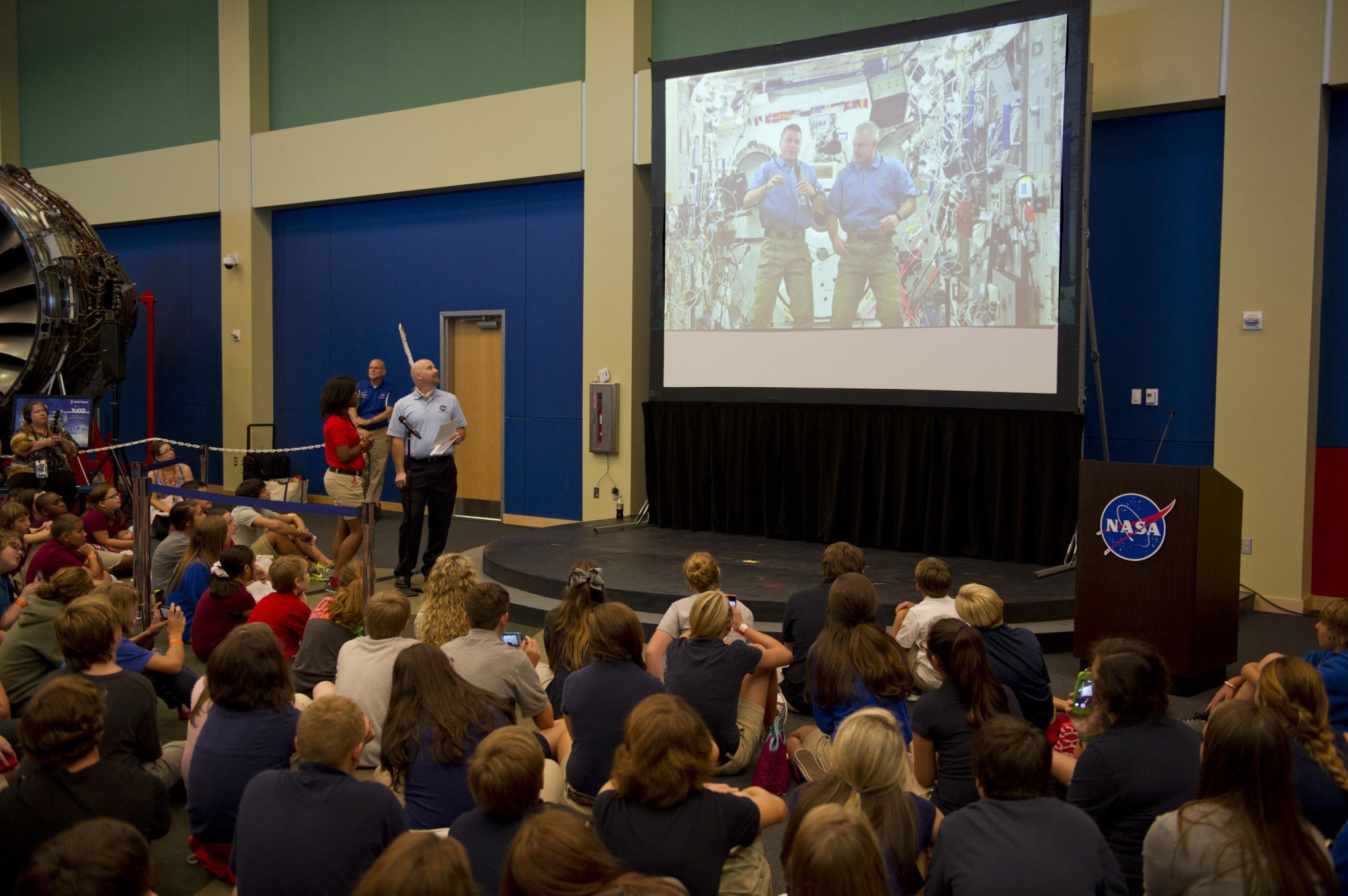As Yogi Berra famously quipped, 2014 was like “déjà vu all over again” for NASA’s Stennis Space Center, the nation’s largest rocket engine test complex.
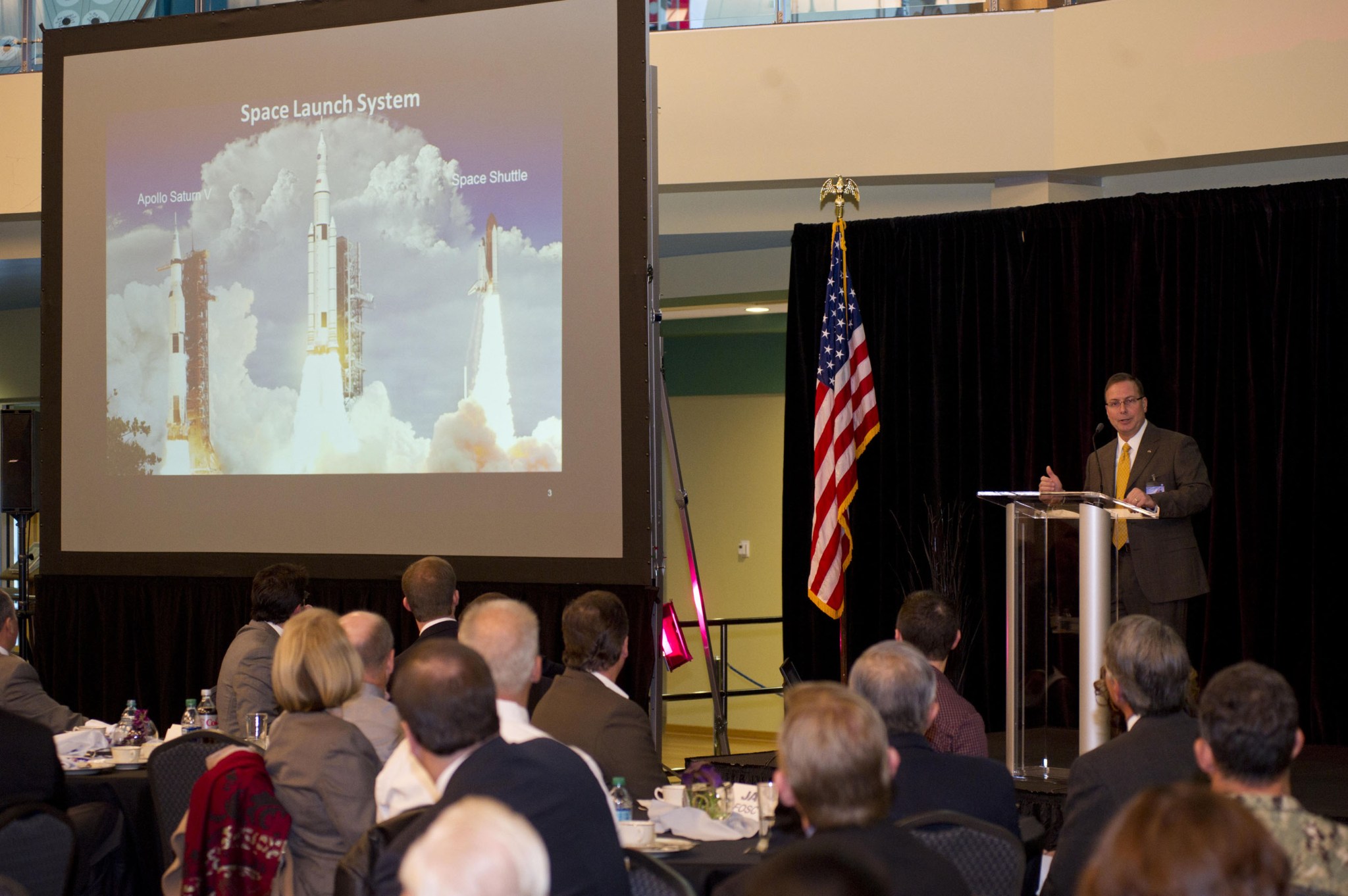
Fifty years ago, the center was on the front lines of the nation’s space program, testing rocket engines that eventually would carry humans to the moon.
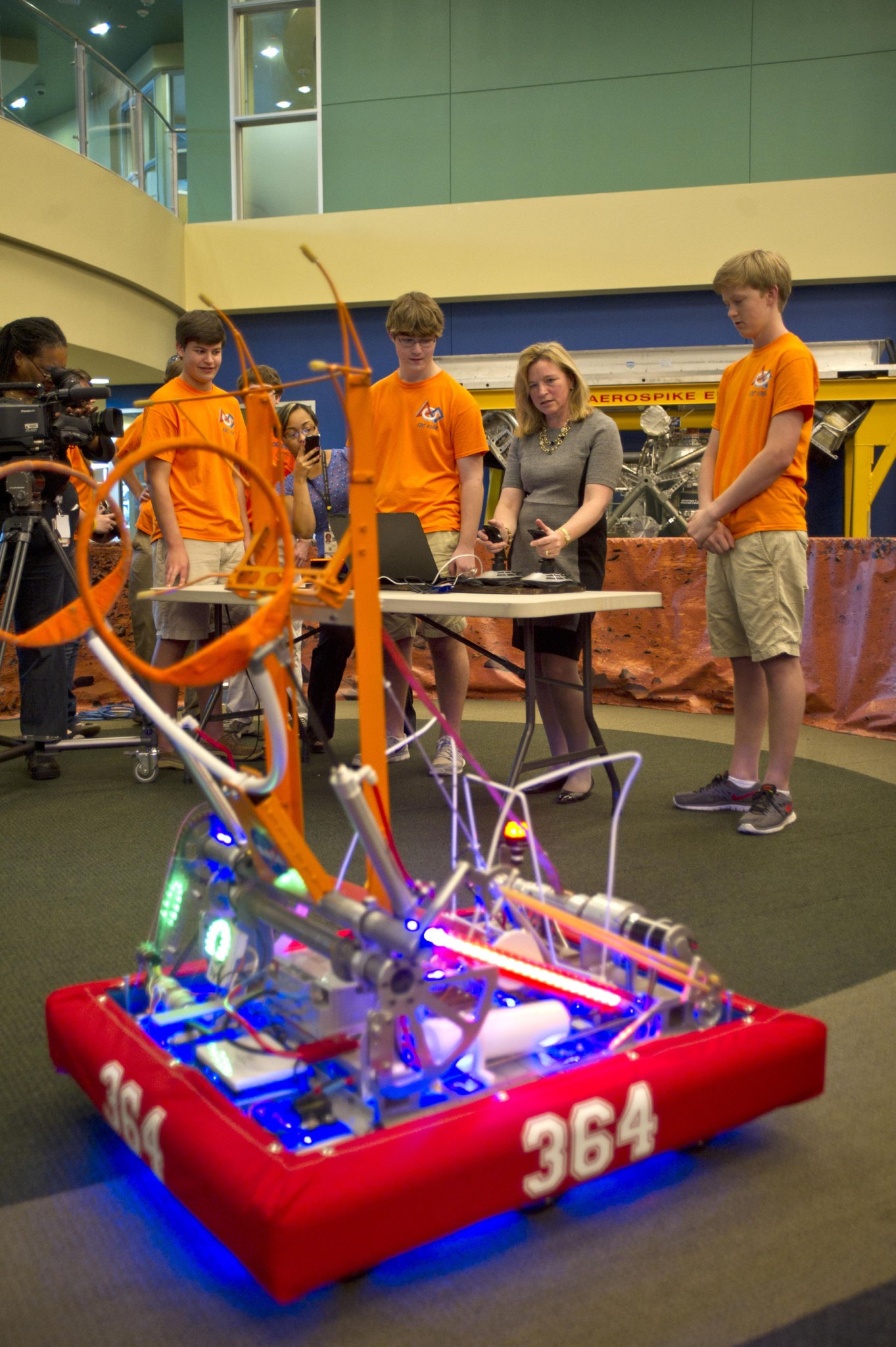
Five decades later, the center again is on the front lines of space exploration efforts, preparing to test rocket engines and stages that eventually will carry humans deeper into space than ever before.
“It is an exciting time to be at Stennis Space Center,” Director Rick Gilbrech said. “A few years ago, we celebrated our golden anniversary with the theme of ’50 years of powering dreams.’ In 2014, we focused on ‘turning dreams into reality.’ That is exactly what this year has been about as we moved forward in our support of America’s return to deep-space exploration. Stennis will test the very rocket engines and stages that will make those deep-space dreams possible. I could not be prouder to be here at this time.”
The year clearly has been one of moving forward. An RS-25 rocket engine has been installed on the A-1 Test Stand at Stennis and undergone a preliminary chill test. RS-25 engines are modified space shuttle main engines that will be used to power the core stage of NASA’s new Space Launch System vehicle. Hotfire testing of the RS-25 engine on the A-1 stand will begin in 2015.
Meanwhile, work continues on the B-2 Test Stand at Stennis to prepare for testing the SLS core stage in 2016. Testing will involve installing the actual flight stage on the stand and firing its configuration of four RS-25 engines simultaneously. Considerable work is being done to modify the stand from its Apollo-era configuration to enable the core stage testing.
On another NASA front in 2014, Stennis continued to test engines for the agency’s Morpheus Project. The center also continued to support commercial testing efforts. Engines tested on the E-1 Test Stand powered a pair of Orbital Sciences Corporation commercial cargo flights to the International Space Station in 2014. SpaceX conducted engine component testing on the E-2 Test Stand. The trio of RS-68 engines that powered the Dec. 5 launch of NASA’s Exploration Test Flight-1 also were tested by Aerojet Rocketdyne on the B-1 Test Stand at Stennis. The EFT-1 test of NASA’s new Orion space capsule flew deeper into space than any mission since the Apollo era. It is being celebrated as a major milestone for NASA’s return to deep-space exploration.
The emphasis on promoting all aspects of NASA’s mission continued during the year as well. The Stennis Applied Science and Technology Project Office provided critical scientific research for the Gulf of Mexico region, especially related to coastal preservation and restoration. The Office of Chief Technologist also worked to promote spinoff technologies, including three developed by Stennis engineers and recently awarded U.S. patents.
The Stennis Office of Education supported various efforts to promote science, technology, engineering and mathematics to students and the public. Other public efforts sought to promote understanding and awareness of all aspects of NASA’s mission. In one event, Stennis hosted its first-ever NASA Social, welcoming two dozen social media enthusiasts onsite.
Near the end of the year, Stennis again welcomed news from the ninth annual Best Places to Work survey, which ranked the site at the top of all NASA centers and fourth among all federal subcomponents.
“There should be no doubt about the significance of Stennis Space Center, not only in terms of space exploration support but as a leading federal government workplace,” Gilbrech said. “There also should be no doubt that the focus at Stennis is not resting on our achievements but building on them and continuing to move forward.”
For information about Stennis, visit: https://www.nasa.gov/centers/stennis.
Valerie Buckingham
Stennis Space Center, Miss.
228-688-3839
valerie.d.buckingham@nasa.gov



























